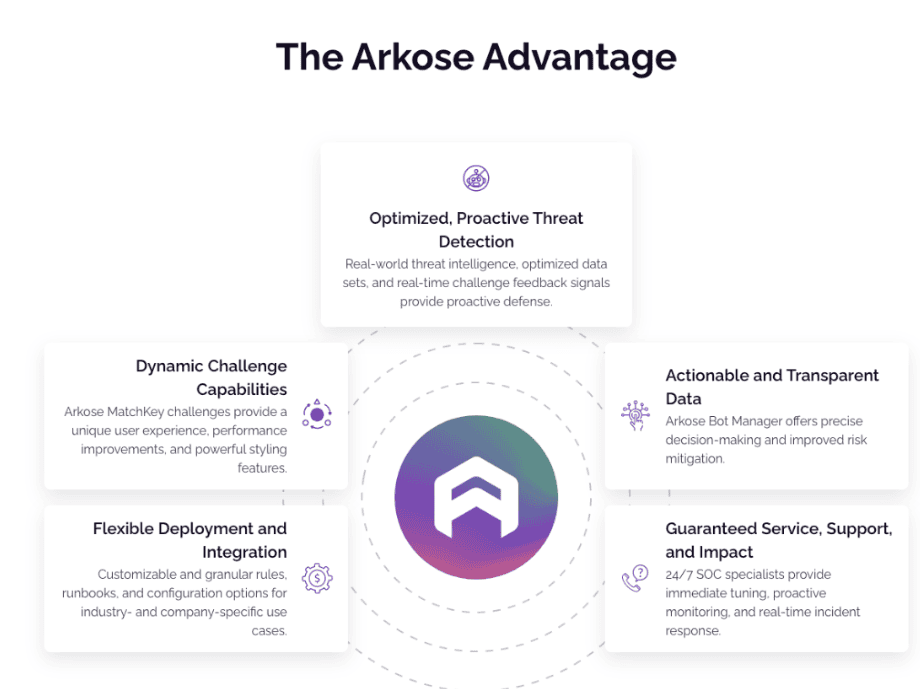Beyond the immediate quest for holiday protection, we delve into the strategic landscape and lasting implications of safeguarding e-gaming, especially against the unique challenges posed by bad bots. Keep reading to power up protection and uncover the layers of challenges and opportunities that shape the intersection of e-gaming and security.
The Holiday Bot Challenge for e-Gaming
The term holiday bots (or grinch bots) encapsulates a formidable category of automated threats, strategically deployed with malicious intent—particularly during the festive season. These sophisticated botnets are designed to exploit vulnerabilities within the intricate frameworks of online gaming ecosystems. Their impact extends beyond mere disruption, as holiday bots are crafted to compromise the integrity of virtual experiences, posing a direct threat to the operations and security of online gaming companies.

At their core, holiday bots aim to infiltrate player accounts, manipulate in-game economies, and undermine the overall stability of the gaming environment. Actions range from disrupting gameplay through distributed denial-of-service (DDoS) attacks to facilitating account takeover fraud, leading to potential financial losses for players and businesses. Recognizing the multifaceted impact of these digital infiltrators is crucial for online gaming companies striving to uphold the security and reputation of their platforms, not to mention their own valuable revenue stream.
The Evolution of Holiday Bots: A Timeline
The battle between online gaming companies and holiday bots is a dynamic one, marked by a continuous evolution of tactics and techniques employed by threat actors. Understanding the historical context of this digital arms race provides valuable insights into the adaptive strategies adopted by both sides.
In the early days, holiday bots were relatively rudimentary, relying on basic techniques such as brute force attacks to infiltrate player accounts. As bot prevention advanced, so did the sophistication of these malicious entities. The landscape witnessed the emergence of more complex strategies, including the use of AI algorithms to mimic human behavior, making detection a formidable challenge.
Over the years, holiday bots have evolved beyond mere disruption to more insidious activities, such as manipulating in-game economies and executing targeted DDoS attacks. The motivations behind these actions range from financial gains to creating chaos within virtual worlds for the sheer thrill of it.
Emerging Trends
In the post-2020 period, the e-gaming landscape has experienced a clear surge in cross-platform attacks, with holiday bots seamlessly transitioning between different games and e-gaming platforms. This flexibility poses a concrete challenge, emphasizing the necessity for comprehensive bot security that extends beyond protecting individual games.
Cybercriminals are adopting varied strategies, notably utilizing advanced phishing techniques that mimic official game communications. These deceptive maneuvers aim to trick players into divulging sensitive information, such as login credentials and personal details. When players unknowingly reveal such information to bad actors, the consequences can be severe, ranging from unauthorized access to financial fraud to potential identity theft.
Real Bot Attacks in e-Gaming
In 2020, the video game company Ubisoft experienced a series of DDoS attacks that affected their online services. DDoS attacks overload servers with traffic, causing disruptions and rendering online services inaccessible to real users.
The attacks on Ubisoft impacted various games, including popular titles like Rainbow Six Siege and Hyper Scape. Players reported difficulties accessing servers, experiencing lag, and encountering disruptions in online gameplay. While DDoS attacks are not exclusively orchestrated by bots, they often involve botnets to amplify the volume of traffic directed at the targeted servers.
Ubisoft responded to the incidents by working to mitigate the impact, enhance their bot prevention measures, and keep players informed about the situation. Incidents like this emphasize the ongoing challenges faced by online gaming companies in maintaining the security and stability of their platforms against malicious bots, holiday and otherwise.
Gaming Industry Response and Adaptation
Online gaming enterprises are unwavering in their commitment to reinforcing defenses against the dynamic threat landscape posed by holiday bots. Recognizing the need for proactive measures, these companies are heavily investing in state-of-the-art bot prevention technologies. Advanced bot detection, seamlessly integrated with machine learning algorithms, stand as the foundation of their security infrastructure. This technological synergy empowers e-gaming companies to both identify and respond to suspicious activities in real time, providing a crucial advantage in the ongoing battle against sophisticated holiday bots.
Beyond individual fortifications, the e-gaming sector has embraced a collaborative ethos to augment collective resilience. Industry-wide collaborative efforts prove pivotal in staying ahead of emerging bot attacks. Sharing threat intelligence among gaming companies enables a swift and coordinated response to new tactics employed by holiday bots.
This information exchange facilitates a proactive approach, allowing gaming companies to adjust defenses and reinforce vulnerabilities before exploitation. The spirit of collaboration fosters a united front against cyber threats and underscores a shared commitment to protecting the gaming community from malicious bots.
Moreover, as part of comprehensive bot prevention strategies, gaming companies engage in ongoing research and development. This entails staying abreast of the latest advancements in security technologies and continuously refining defenses to anticipate the next wave of threats. By fostering a culture of innovation and adaptability, these companies position themselves not only as defenders of their platforms but as proactive leaders in the broader landscape of e-gaming security. The industry is not merely responding to threats but actively shaping the future of bot prevention, ensuring a resilient and secure environment for gamers worldwide.
Protecting the e-Gameplay
To combat the pervasive threat of holiday bots, implement robust strategies that go beyond conventional security measures. Strengthening passwords and authentication serves as the initial line of defense, urging players to adopt complex, unique passwords and multi-layered authentication processes to deter unauthorized access attempts.
Multi-factor authentication (MFA) adds a critical layer of security, requiring users to provide multiple forms of identification before accessing their accounts. This creates a formidable defense against unauthorized entry, enhancing the overall security posture of online gaming platforms.
Regular updates to gaming software and underlying systems are imperative for maintaining a secure environment. Timely patches and updates play a vital role in addressing known vulnerabilities, thwarting attempts by holiday bots to exploit weaknesses and compromise the integrity of online platforms. By incorporating these foundational pillars into their security frameworks, e-gaming companies can effectively fortify their platforms against the ever-evolving threat landscape posed by holiday bots.

Arkose Labs Beats the Holiday Bots
Arkose Labs employs an advanced strategy to combat holiday bots. Using the behavioral analysis of Arkose MatchKey, we scrutinize user behavior patterns to distinguish between legitimate users and automated scripts used by holiday bots. 
Machine learning and AI enable our solutions to adapt in real-time, staying ahead of evolving tactics. Global threat intelligence, encompassing known bot behaviors, enhances proactive identification and blocking. Challenge-response mechanisms and continuous monitoring add layers of defense, ensuring immediate response to potential threats.
To learn more, contact Arkose Labs today!




